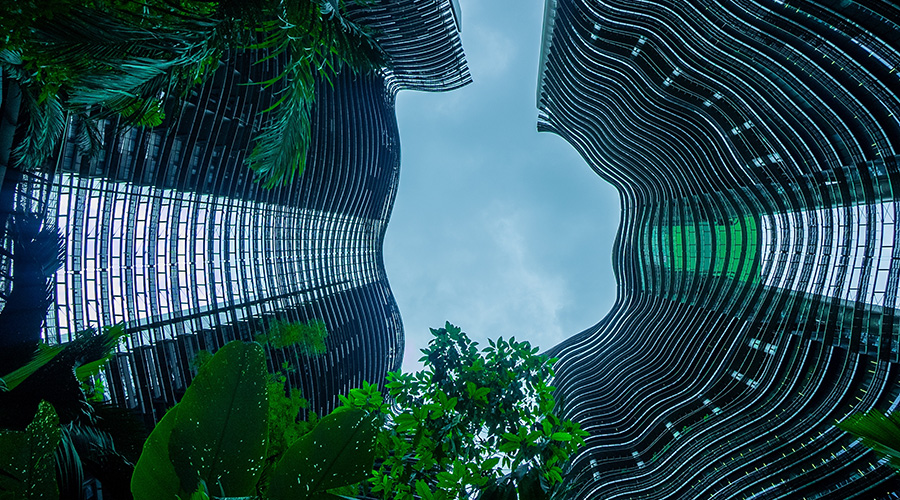
Life Sciences Real Estate Faces a Reset
Oversupply, shifting tenant types and AI-driven lab design are redefining the way life sciences facilities are planned, leased and operated. October 16, 2025
By Jeff Wardon, Jr., Assistant Editor
Life sciences, an industry that centers around the study of living organisms and life processes, is undergoing a real estate shakeup. The U.S. life sciences real estate market has 61 million square feet of lab space available, which is three times more than four years ago, according to JLL's 2025 Life Sciences Real Estate Perspective.
At the same time, demand for space has dropped by more than one-half. What is happening is not a normal downcycle; it is a structural shift that will reshape how life sciences facilities are built and used, according to the report.
Trends and impacts
Reshoring trends and tariff policy are pushing pharmaceutical companies to reevaluate their presence in the United States. Large pharmaceuticals committed more than $475 billion to U.S. manufacturing investments in 2025, and the sector now account for one-third of midsize and large research and development leases, which is the highest share in recent history. According to the report, the outlook is to expect more domestic manufacturing and research and development facilities, along with consolidation and strategic site selection.
Leasing activity in this sector closely tracks venture capital funding. But biotech's share of venture capital investment has dropped from roughly 15 percent to seven percent as AI startups bring in more dollars. As a result, lab leasing has fallen at an average of eight percent per year since 2021. Tenants in this space are smaller and more cost-conscious, meaning flexible and scalable space is essential now.
Average lab vacancy rose from 6.6 percent in 2022 to 27 percent in 2025. Buildings constructed between 2022 and 2024 face a 48 percent vacancy rate, and 223 lab buildings are currently fully vacant. Many newer facilities might need repositioning or conversion, but best-in-class buildings might benefit as tenants upgrade.
Meanwhile, advanced research and development companies in robotics, AI and materials science have signed larger research and development deals than biotech since 2023. They are rather cost-sensitive and might not require traditional wet labs. Demand is shifting toward hybrid lab/office/light manufacturing space and modular layouts.
So-called AI native biotech firms are now one-sixth of all biotech VC deals and usually lease one-third less space per employee. Their lab-to-office ratio is closer to 45:55, as these companies prioritize computing power, robotics, automation and sensors over large wet lab footprints. This means facility managers must plan for higher power density, data infrastructure and automation-ready environments.
Chinese biotech firms conduct four times more in-licensing deals with U.S. companies than in 2021. Many of these U.S. entities favor office-heavy footprints — 72 percent of leases — rather than lab-heavy space, meaning lab demand might soften further in certain markets.
With the U.S. life sciences market being oversupplied and facing sharply declining demand, companies are shifting towards smaller, office-heavy and modular research and development facilities. This means 30 million square feet of lab space must be absorbed or removed from supply to stabilize the market. JLL says it expects 18.7 million square feet will likely exit the market through distress or conversion by 2030. Even then, only core markets like Boston, the Bay Area and San Diego are likely to return to equality.
Jeff Wardon, Jr., is the assistant editor of the facilities market.
Next
Read next on FacilitiesNet












